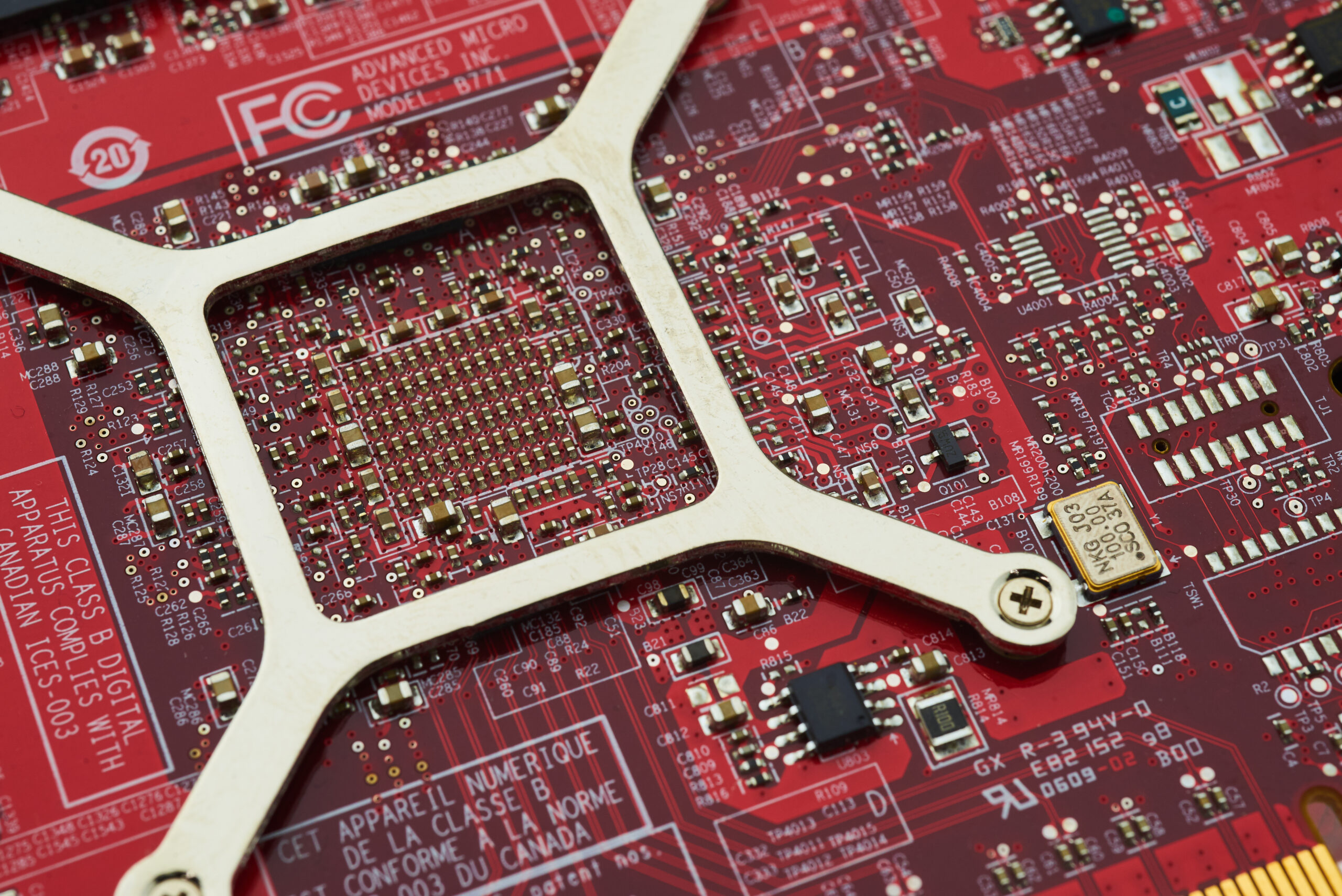Waste Tank with Suction System Guide & Advice
Did you know over 21 million homes in the United States use septic systems for sewage? These structures are crucial to keeping houses safe and sanitary. Understanding how a sewage tank with pump works is critical for everyone’s health and the ecosystem. It’s essential to set up and upkeep these structures properly to avoid significant repair expenses and security issues.
This manual provides vital tips for property owners on waste system care using septic tank services near me. We’ll discuss how these systems work and when they might need fixing. Our aim is to impart you the information to keep your septic system functioning properly. Let’s delve into the main parts, how to establish them, and important care suggestions for a well-functioning sewage system.
Understanding Septic Systems
Sewage systems are essential for residences not hooked up to urban drainage. Knowing about waste tanks is crucial for residents using them. These reservoirs treat and remove home waste, keeping waste and underground water uncontaminated.
What is a Waste Tank?
A sewage tank is a primary component of sewage systems, made from substances like cement, glass-reinforced plastic, or polymer. It segregates solid waste and liquids through natural force. Solids settle at the floor, and liquids become set for more treatment on top.
Understanding how waste systems work demonstrates why they need to be set up properly for them to work well.
How Does a Sewage Tank Work?
Waste tanks work by using organic methods. Sewage enters and sludge collect at the floor. Oil rises to the top, making a scum layer. The center liquid travels into the leach field for more treatment.
Knowing septic tanks assists residents understand their significance in keeping residential areas safe.
Value of Frequent Maintenance
Keeping septic tanks upkept is very crucial. Checking them every 3 to 5 years can avoid big problems and reduce expenses. The capacity of your home and how much water you use influences how often you need to inspect them.
Overlooking your setup can pollute the soil and be a health risk. Frequent care ensures your sewage system lasts longer and keeps waste disposal secure.
Parts of a Waste Tank with Pump Structure
A sewage tank system has key parts that work together to manage sewage well. This sewage element review describes the primary elements and their roles. A good suction setup makes the whole structure works better.
Sewage Tank Review
The central components of a sewage system are:
- Sewage conduit connecting your residence to the tank
- Sewage tank for waste collection and primary processing
- Drain field for further filtration and distribution
- Soil around the drain field, important for purifying sewage
Every waste tank part is essential for the structure’s performance and long duration. The waste tank lets effluent settle and go through air-based treatment. The soil around it aids filter the effluent further.
Suction Setup Performance
The pumping structure is crucial for handling effluent well. It transfers treated effluent from the sewage tank to the drain field or waste area. It can operate with:
- Gravity, demanding a suitable area level
- Energy or gas power to initiate the suction
Knowing how the pumping system works assists you recognize when it needs upkeep. Purging and lifts simplify to inspect and pump the structure, keeping it well-functioning.
Waste Tank with Suction Structure
It’s crucial to understand the different types of waste pumping setups for good performance and long life. Each kind of pump has its own task. This part discusses the various pumping machines, how to choose the right one, and where they’re utilized.
Kinds of Waste Pumping Setups
There are many varieties of waste pumping setups. Here are the primary ones:
- Sewage Conveyors: These devices transfer filtered sewage to a leach field or another location.
- Waste Lifters: They handle raw sewage from low regions to higher up.
- Waste Shredders: These devices grind sewage into slurry for smooth transfer.
Choosing the Appropriate Pump
When picking a septic pump, consider these points:
- Know the device’s needed function for your setup.
- Figure out the maximum flow capacity your structure can manage.
- Compute the total dynamic head (TDH) to identify the appropriate device size.
Thinking about these points helps your device works well and has a longer life.
Uses and Factors
Various pump types are utilized for different purposes in systems. Some uses involve:
- Spreading wastewater in leach fields.
- Transporting effluent to the municipal system.
- Aiding with release in basement bathrooms and culinary spaces.
Grasping these functions aids homeowners and builders make wise choices. This assures the machine keeps the structure dependable and working right.
| Pump Type | Purpose | Optimal Application |
|---|---|---|
| Effluent Pump | Transfers processed effluent | Leach field spreading |
| Sewage Elevator | Manages untreated waste | Underground to aboveground transfer |
| Sewage Pulverizer | Pulverizes sewage for smooth transfer | Large debris scenarios |
Setup of Sewage Tank Pumps
Establishing a septic tank pump needs careful planning and implementation. Knowing how to establish it properly guarantees the pump works well and has a longer life. It’s vital to prepare well and follow each phase during installation.
Getting Ready for Septic Tank Pump Installation
Before initiating, it’s crucial to assess the location and the equipment needed. You should take into account:
- Area: Verify if the site is easy to reach and has the appropriate services.
- Permits: Make sure you have all the authorizations before beginning work.
- Device size: Choose the right device size for the container and the volume of wastewater.
Detailed Setup Procedure
To install the septic pump correctly, follow a step-by-step manual. This assures you install it properly:
- Excavate around the waste tank to find the pump’s access point.
- Remove the old device by detaching the energy and conduits.
- Place the new machine, ensuring it’s in the ideal spot for efficiency.
- Rejoin the energy and pipes, verifying they’re secure.
- Level the machine to avoid any issues later on.
- Fill in the excavated site, ensuring it’s simple to access for upkeep.
Being meticulous during setup assists prevent errors. Working with professionals like All In Site Services can be very helpful. Setting up well for septic tank pump installation means you’ll have a more reliable and efficient setup.
Care and Care for Your Septic System
Keeping your septic system in good shape is crucial to its long duration and efficiency. Regular care can avoid high-cost restorations and guarantee your elements endure. It’s crucial to maintain your system by doing regular inspections and observing for any symptoms of problems.
Routine Inspection Guidelines
It’s a good idea to inspect your septic system every three years. If your setup has mechanical parts, you should inspect it once a year. When you do checks, ensure to:
- Inspect for any bad smells near the container or absorption field.
- Check for too much moisture or vegetation in the absorption field.
- Check the pump and energy elements for corrosion or harm.
Symptoms of Pump Problems
Understanding the signs of septic pump problems can help property owners prevent a lot of problems. Some frequent indicators involve:
- Odd noises from the device.
- A significant decrease in liquid flow.
- Additional obstructions or leaks in the system.
Suggestions for Increasing Pump Longevity
There are ways to ensure your pump lasts longer. Here are some tips to aid:
- Reduce water usage to lighten the burden on your setup.
- Don’t put items that can’t disintegrate in the basin or lavatory.
- Verify the energy to the device is stable and doesn’t cut out.
- Get professional help for sewage system upkeep to identify troubles early.
| Maintenance Activity | Frequency | Importance |
|---|---|---|
| Frequent Examination | Every 3 years | Helps find problems early |
| Device Upkeep | As needed based on inspection results | Keeps the system running well |
| Setup Cleaning | Based on use | Keeps the system healthy |
Fees and Expert Assistance for Waste Tanks
Residents need to grasp the expenses of waste tank maintenance to keep their systems running well. Flushing sewage tanks costs between $200 and $600, depending on the container dimensions and where you reside. It’s prudent to plan for these expenses since cleaning periodically prevents larger fees later.
There are also costs for septic tank maintenance, like routine inspections and repairs. If you ignore these, your waste system may malfunction badly, requiring a lot to repair or substitute. Grasping these costs is vital to keeping your waste system operating efficiently.
Working with reliable cleaning companies, like All In Site Services, can conserve homeowners costs over time and protect the environment. These companies offer flushing, routine inspections, and urgent care. By choosing these experts, property owners can keep their sewage systems in good order. This lowers the possibility of large fixing fees later.


